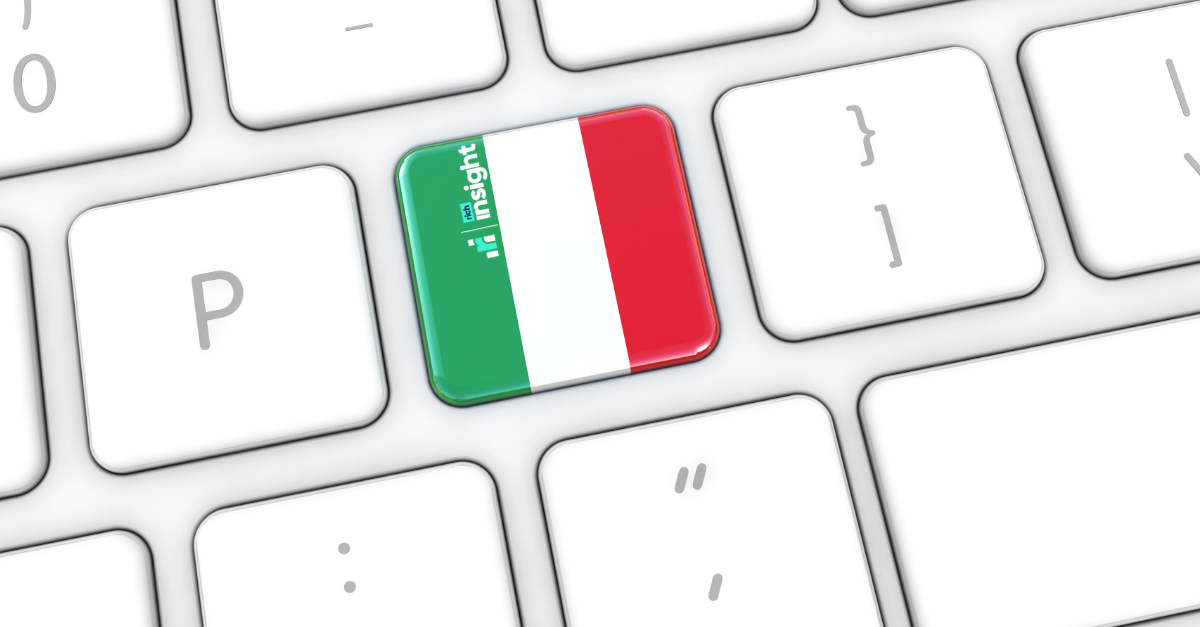It's no secret that social commerce has grown steadily over the last few years, especially since the Covid-19 pandemic. Global sales through social media platforms are estimated to hit $1.3 trillion in 2023, and this figure is only set to rise with a CAGR of 30.8%, reaching a whopping $2.9 trillion by 2026.
As the world witnesses a digital revolution in the retail sector, how can social media selling be far behind for fashion brands? According to McKinsey, after experiencing 18 months of robust growth, the fashion industry is facing a 'challenging climate' which has resulted in declining growth rates.
It can be difficult to combine this downward trend with the rising influence of social media on your customers' experience with your brand. From our research and observations, incorporating social media selling into a brand's ecommerce playbook has emerged as a game-changer. It's a new and innovative way to reconnect with consumers, reach new buyers, and diversify your sales channels. Not only that, it also transforms the customer experience into a social, interactive, and personalized journey.
Let's take a quick look at five reasons why social media selling might be the way forward for fashion brands to scale their business:
Easier to shop trends & new looks
When it comes to fashion brands and retailers, the goal is to ensure customers are quickly shopping from their latest inventory. If your business takes too long to reach customers or doesn't offer attractive deals, they might shop at a competitor. When brands sell on social media, it's easier for potential customers to choose what they want to buy, get influenced, and check out without searching for their next purchase.
Seamless shopping experiences
Speaking of buying without searching, social commerce allows brands to eliminate the cumbersome tradition of switching platforms and websites to complete a purchase. Shoppable posts, embedded ads, and direct links on stories/within the post allow customers to explore everything you want to sell without leaving the app. This frictionless shopping experience expedites the buyer's journey and reduces cart abandonment. In fact, shoppable posts can increase conversion rates by up to 8%.
Higher reach and better engagement
Not only are brands and businesses on social media to sell to them but also to gain more potential customers among their followers. Over time, the right kind of interactions and engagement could convert into high-value purchases. 70% of shoppers look at Instagram when they want to shop, and 79% of UK TikTok users discovered new brands to shop at from the app. Social media selling improves brand awareness and keeps your business top of mind when customers want to shop for a particular product.
Learn important customer insights
The two most used platforms for customer service are Facebook and Instagram, both social media platforms. Customers want to know their issues are heard and quickly solved; social media platforms allow brands to do this. Insights from social media platforms can educate brands on missed opportunities, strategies they need to rework, and what customers are buying to improve revenue. When it comes to fashion, this kind of granular information can help you choose what to sell and when for better sales and profits.
Reduce returns and improve brand loyalty
Innovations in technology, such as artificial intelligence and virtual try-on (augmented reality/AR), have revolutionized the online shopping experience. On fashion marketplaces like Yoox, customers can virtually try on outfits and share them with friends. This makes shopping virtually just as interactive as in-person shopping trips. Incorporating AI makes it easier to target the right products and ads to the right audience. Allowing them to 'virtually' try it out and see how the outfits fit can reduce returns and improve brand loyalty.

Fashion ecommerce & influencer marketing on social media
HubSpot found that 31% of social media users prefer to find out about new products through an influencer they follow instead of any other format or channel. This number goes up to 43% for Gen Z shoppers who prefer to shop their influencers' recommendations.
Influencers have emerged as a driving force behind the growth of fashion ecommerce in the last few years across the globe. Whether in the UK or China, fashion influencers significantly influence what trends lead customers to purchase from your brand. The global fashion influencer marketing market size was valued at $1.5 billion in 2019. Since then, it's expected to expand at a CAGR of 35.7% from 2020 to 2027.
Some fashion brands have found considerable success on social media when partnering with nano and micro-influencers. In fact, several brands have been tapping into the higher reach and relatability these influencers provide over macro-influencers and celebrities.
The high discoverability, coupled with the ease of purchasing, make social media selling an essential channel in a seller's arsenal.
Selling D2C on Social Media
Amid the growing popularity of buying and selling on social media lies the D2C (Direct to Customer) reckoning. Simply put, this strategy allows fashion brands and retailers to bypass traditional intermediaries (such as wholesalers) and sell directly to the customer. This will enable brands to retain more control over how their products are priced and delivered. Overall, this means they can ensure the consumer experience is smooth from when the order is placed to the time it reaches its final destination. Most sellers do this with the help of marketplace integrators or integration software. These tech solutions help sellers expand their presence on multiple platforms like TikTok Shop or Amazon easily.
According to McKinsey, to combat the challenging climate, fashion businesses will need to tap into D2C sales. This is particularly important for brands and retailers that still need to diversify their sales channels. Whether selling directly to consumers or selling only to marketplaces, a single-sales strategy is not a winning one anymore. D2C eliminates price negotiations and allows brands to offer competitive pricing and maintain healthy profit margins.
Things to keep in mind when expanding onto social media as a new D2C channel:
Engaging Visual Content
Fashion is inherently visual, and social media provides the ideal canvas for brands to showcase their products through stunning visuals, videos, and immersive storytelling. If you want to reach more buyers, invest in good photos, and take advantage of the many ways you can present your products on social media. This right kind of visual can make a potential shopper stop scrolling and go over to purchase the product on your feed.
Direct Interaction
There are many opportunities for you to engage with customers on social media. A key benefit of selling on such platforms is the real-time engagement between your brand and customers.
Quick responses and continued interactions and engagement can foster trust. Over time, this leads to a positive association which can improve your brand awareness and identity. Don't forget to address queries in a timely manner and make their shopping experience smoother.
What to remember when you want to start selling on social media
If we had to share three pieces of advice from our research and experience working with fashion brands on social commerce, it would be:
- Engage and interact with your customers often to create a holistic shopping experience.
- Work with the right kind of influencers and content creators to reach your target audience.
- Learn to adapt and quickly change tack as the fashion industry evolves and grows.
Social commerce, done in the right way, could be a huge boon for fashion brands and retailers who want to expand their business. Remember to consider fluctuating consumer incomes, the changing retail landscape, and evolving priorities to create a robust and adaptive strategy that leads you toward growth and success.






Blog Comments